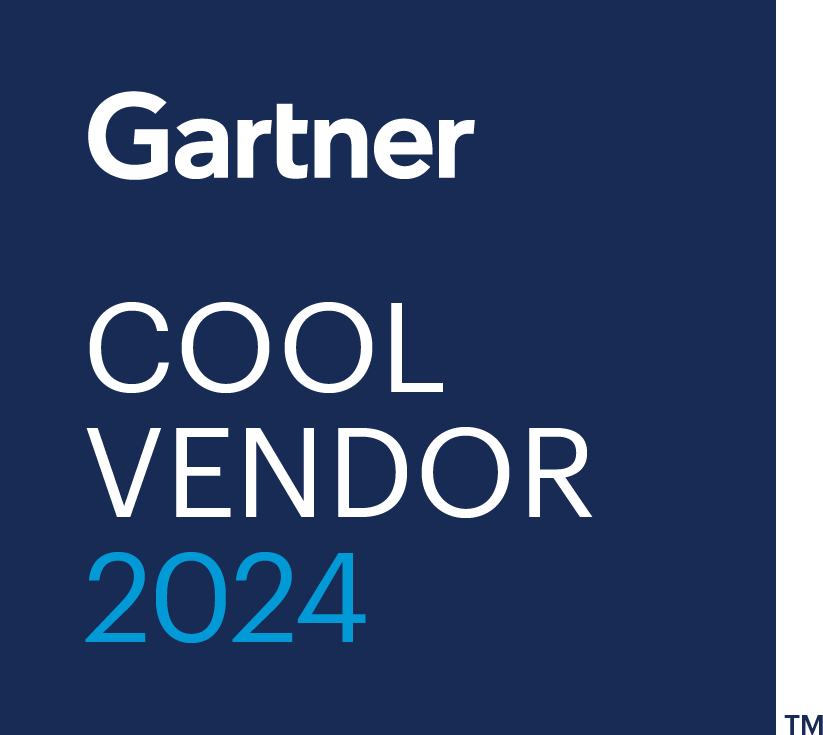illumex employs a comprehensive approach leveraging our proprietary domain-specific Generative AI pipelines to generate business terms. The process involves in-depth metadata stack scanning, where various components such as titles of tables, views, schemas, columns, and aliases within the query logs are meticulously analyzed. Additionally, it considers any supplementary logic implemented by skilled data engineers and analysts.
During this analysis, illumex takes into consideration multiple sources to generate these business terms. This includes incorporating familiar terms that are commonly known within the domain (e.g., “account,” “purchase order,” etc.). Furthermore, illumex also identifies industry-specific terms that are commonly used in relevant sectors (e.g., “medical device,” “fund,” “impressions,” etc.). Additionally, common local acronyms are taken into account to ensure the relevance of the generated terms.
For each generated business term, illumex provides valuable attributes derived from the same meticulous process. This ensures that the generated terms are accurate, informative, and tailored to suit the specific needs of the users.
A term is a fundamental building block in the semantic layer, consisting of a combination of business and data definitions. It is assembled by a set of attributes, with each attribute representing a single business definition and containing one or more SQL snippets that encompass selected fields from tables, join types, where clauses, and more. The term itself embodies a singular business concept and encompasses all its attributes, along with their respective business and data definitions, which collectively give meaning to the term.
Yes. You can customize both auto-generated business terms and create entirely new ones as per your requirements.
For auto-generated business terms, in addition to editing and expanding their content, which includes descriptions, owner notes, tags, and more, you can also modify the term’s name, remove existing attributes, or introduce new attributes to tailor the business terms to your specific needs.
When it comes to attributes, you have extensive control over their customization. You can merge attributes together under the same or different terms, delete snippets, edit their code, transfer them to different attributes, or convert them into new attributes. These customization options allow you to shape the business terms and attributes to align perfectly with your unique business context and data requirements.
Metrics are derived from formulas that are constructed using attributes from terms, operators, and mathematical functions. Alongside the business definition and the formula itself, illumex automatically generates SQL code based on the relationships of the attributes contained within the formula, which closes the loop of the metric intent <> math <> data components and order.
illumex follows a systematic approach to recommend new metrics. It scans your query log to identify highly used aggregations across all queries. Upon detection, relevant information, including the aggregation, FROM statement, and WHERE clause, is extracted. This data is then compared with the existing metric store to determine if the metric has been previously saved.
In cases where the metric is new, illumex generates a suggestion for a bottom-up metric, starting from the field level to the domain expert. This approach ensures that the suggested metric is grounded in real usage patterns and provides meaningful insights.
Analyses in the semantic layer are derived from either a complete query or a portion of it, establishing a direct and native connection to the underlying data. In this case, the name of the analysis and its business context encompass the semantic aspect, linking the analytical process with the actual data it explores.
